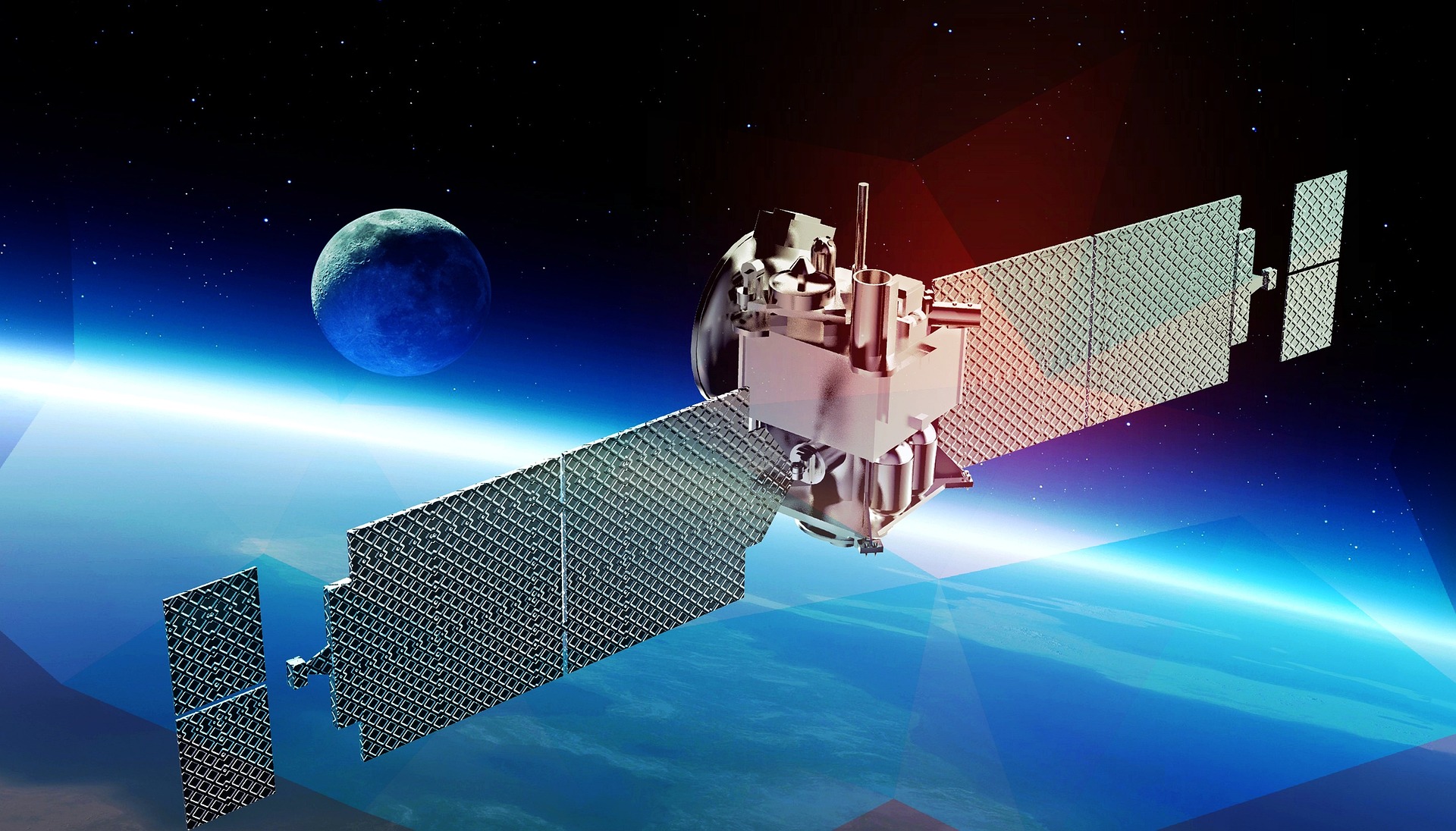"Unfolding the Intricacies of Automotive Differential Technology"
In the fascinating world of automobiles, the differential is an underappreciated marvel of engineering. This mechanical component, fundamental to every car, ensures smooth turning and improves stability. But how does it work, and why is it so significant? Let's delve into the world of automotive differentials, their evolution, and the impact they have on modern driving.

The Roots of Differential Technology
In the early days of automotive history, vehicles were equipped with a simple axle that connected both rear wheels. However, this setup posed a problem - when turning, one wheel had to travel a greater distance than the other, causing one to skid. The differential was invented to solve this issue. Essentially, it allows the wheels to spin at different speeds, ensuring a smooth turn. The basic principle has remained unchanged, but the technology has evolved significantly over the years.
Modern Variations and Developments
Today, there are three main types of differentials: open, limited-slip, and locking. Open differentials are the simplest and most common. They evenly distribute power between the wheels but can struggle with traction on slippery surfaces. Limited-slip differentials attempt to solve this problem by redistributing power to the wheel with more grip. Locking differentials, often found in off-road vehicles, can lock the wheels together, providing maximum traction but sacrificing smooth turning.
The Impact on Driving Dynamics
The type of differential a vehicle employs significantly affects its driving behavior. An open differential is perfect for everyday driving, providing a comfortable and smooth ride. However, for performance or off-road driving, a limited-slip or locking differential might be more suitable. These differentials can improve traction and handling, offering a more controlled and responsive driving experience.
The Future of Differentials
As automotive technology continues to advance, differentials are also evolving. Electronic differentials, which use sensors and microprocessors to control wheel speed, are becoming increasingly common. These systems offer improved performance and safety, adapting to changing road conditions in real-time. However, they also add complexity and cost to vehicles.
Conclusion
The humble differential may often be overlooked, but its importance in the world of automobiles cannot be overstated. From its simple beginnings to the sophisticated systems of today, the differential’s evolution mirrors that of the automobile itself. As we continue to push the boundaries of automotive technology, we can expect even more exciting developments in this essential component. The differential may not be the star of the show, but it plays a crucial behind-the-scenes role in ensuring our vehicles drive smoothly, efficiently, and safely.





